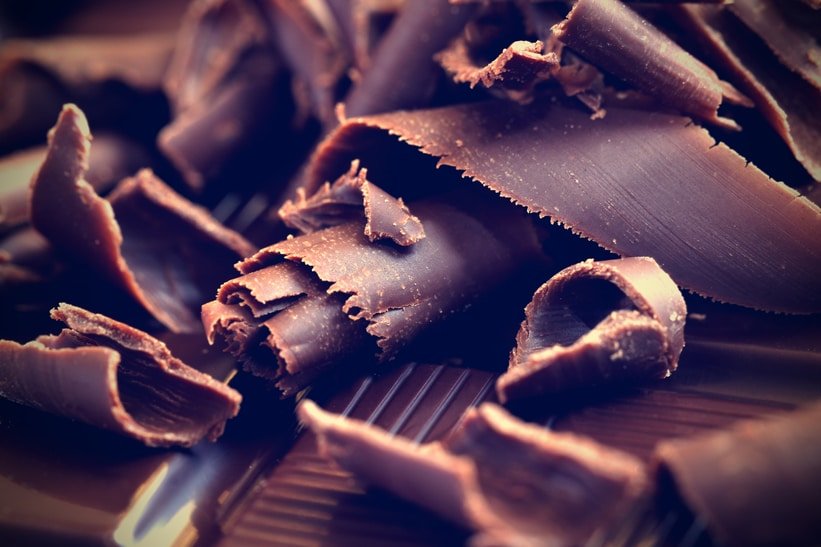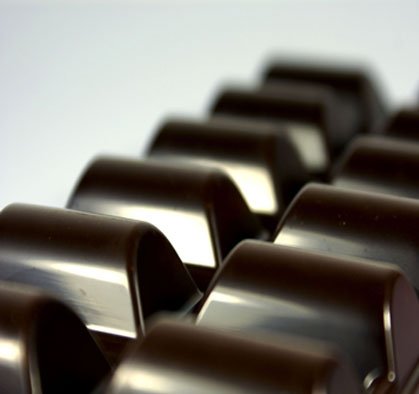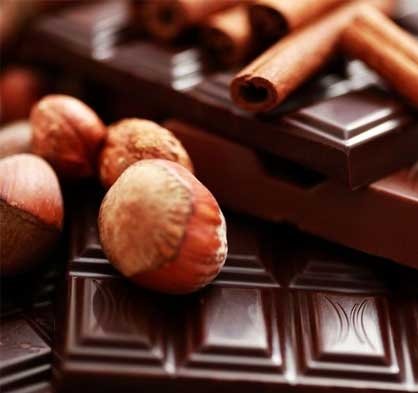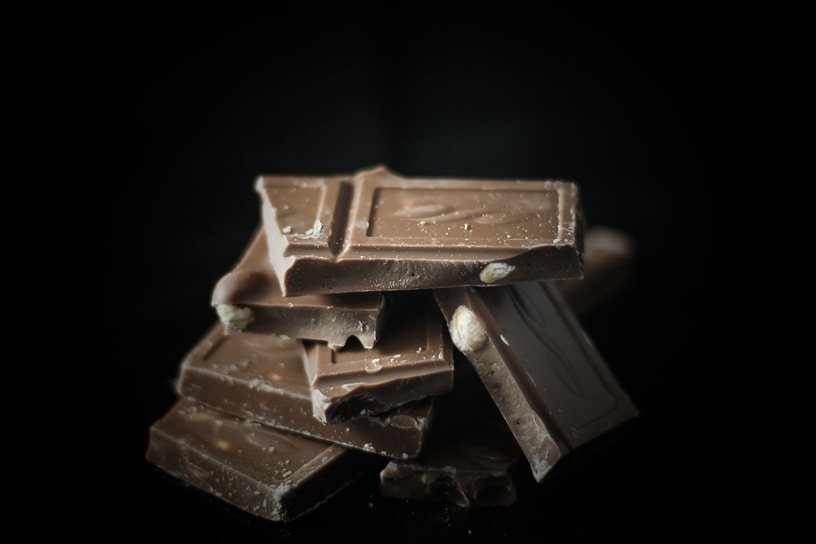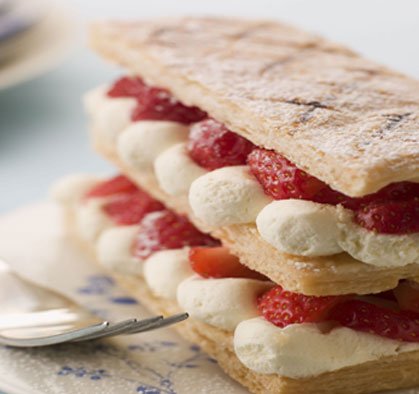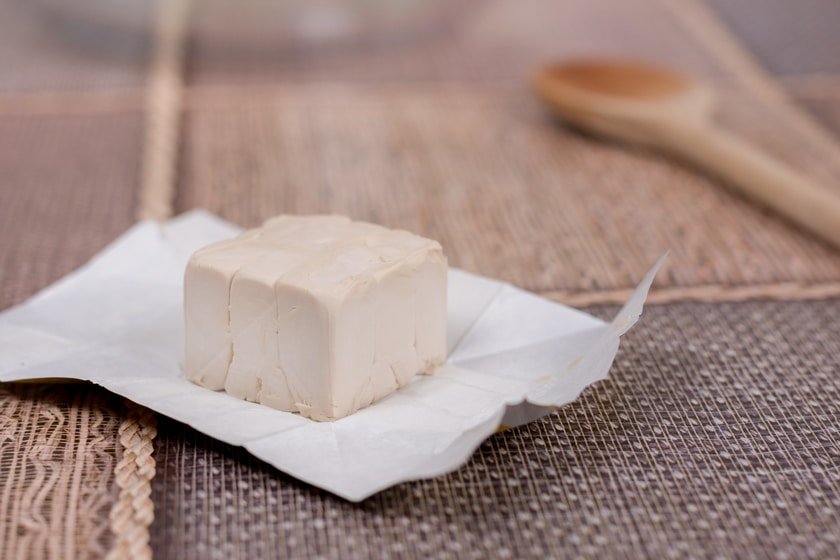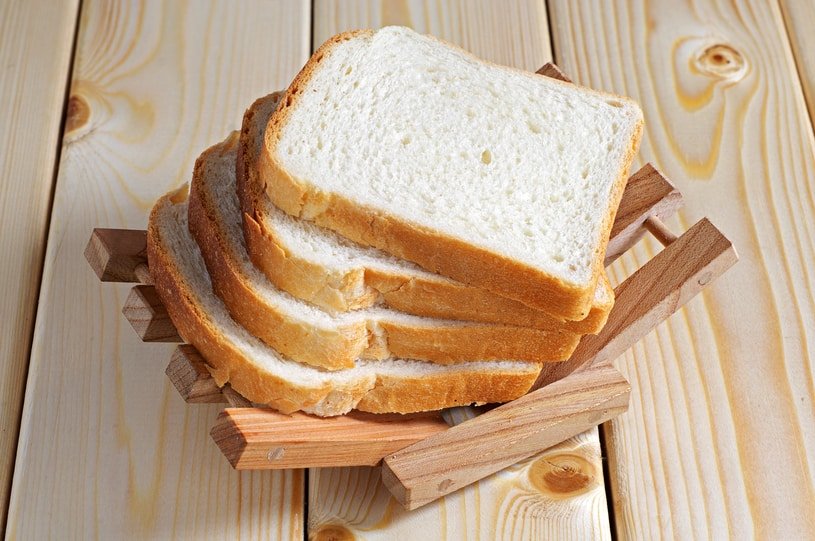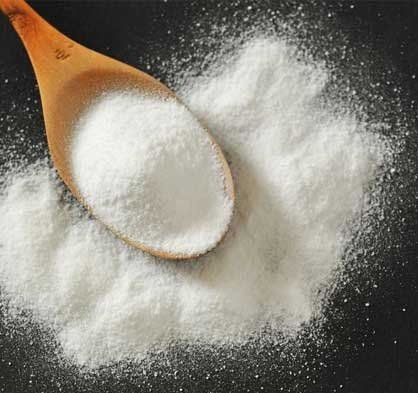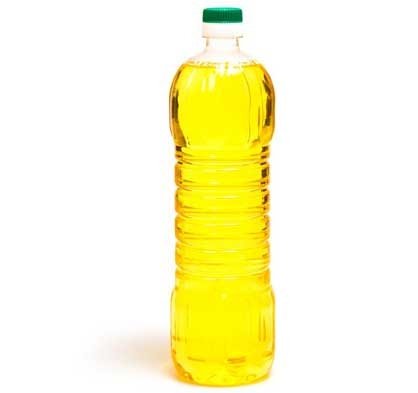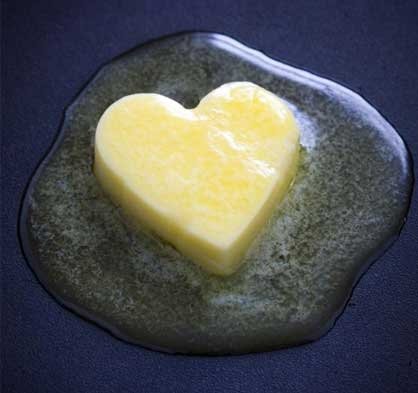Description
Polyglycerol Polyricinoleate (PGPR) E 476 is an emulsifier manufactured from Interesterified Castor oil fatty acids and Polymerized Glycerol. It is a highly lipophilic emulsifier with a low Hydrophilic-Lipophilic Balance. This food additive is a viscous amber coloured liquid. It is insoluble in hot and cold water, soluble in oils and fats.
PGPR works by reducing the friction between the particles of the solid ingredients in molten chocolate and reducing the surface tension or yield stress (Casson yield value) so that chocolate flows much more uniformly and in an easily controllable manner. This greatly aids the application of chocolate in bar-making, moulding, enrobing and coating. PGPR is also a cost-saving emulsifier as it reduces the quantity of fat required in chocolate production to achieve the desired chocolate viscosity.
The worldwide PGPR food additive market for the chocolate industry had been controlled by a multinational that produced a high functionality PGPR and had a monopoly in this segment. They controlled this high functionality segment for over a decade and had no competition.
In 2014, Savannah was the first company to be able to produce a PGPR (DynaVisc 999) with the same functionality and break this monopoly. Multinational chocolate manufacturers have been the first to affirm Savannah’s quality and several large and small chocolate producers worldwide have also seen the merit in using Savannah’s DynaVisc 999.
Viscosity reduction testing: The percentage reduction in viscosity achieved through the use of Savannah’s 999 grade can be calculated with a very simple mathematical formula. This formula is referred to as Viscosity Reducing Power or Viscosity Reduction Index.
(Original Starting Viscosity of Chocolate - Viscosity after addition of 0.2% DynaVisc 999) / Original Starting Viscosity of Chocolate
This number, multiplied by 100, is the percentage viscosity reduction achieved.
Example:
(21900 cps - 4350 cps) / 21900 cps
0.80 x 100 = 80.13%
- PGPR 999 provides the highest viscosity reduction in chocolates with low levels of fat.
- PGPR is also highly cost-effective since a considerably lower amount is required to produce the desired results.
Application in Food
PGPR E476 is palm-oil free and qualifies as a food additive for Hahal and Kosher consumers. It is also known for great functionality in the following applications:
Chocolate
It is one of the most widely used emulsifiers in the chocolate and confectionery industry where it is used as a viscosity reducer. It reduces the Casson Yield Value, thereby reducing the amount of cocoa butter used. This provides a substantial cost saving.
Margarine, Low Fat Dressings, Mayonnaise and Sauces
Used in low fat formulations where increased amounts of water are needed to be stably dispersed into a smaller amount of oil/fat.
Seafood Colours
It is used by producers of colour for the sea food industry, especially for Surimi.


